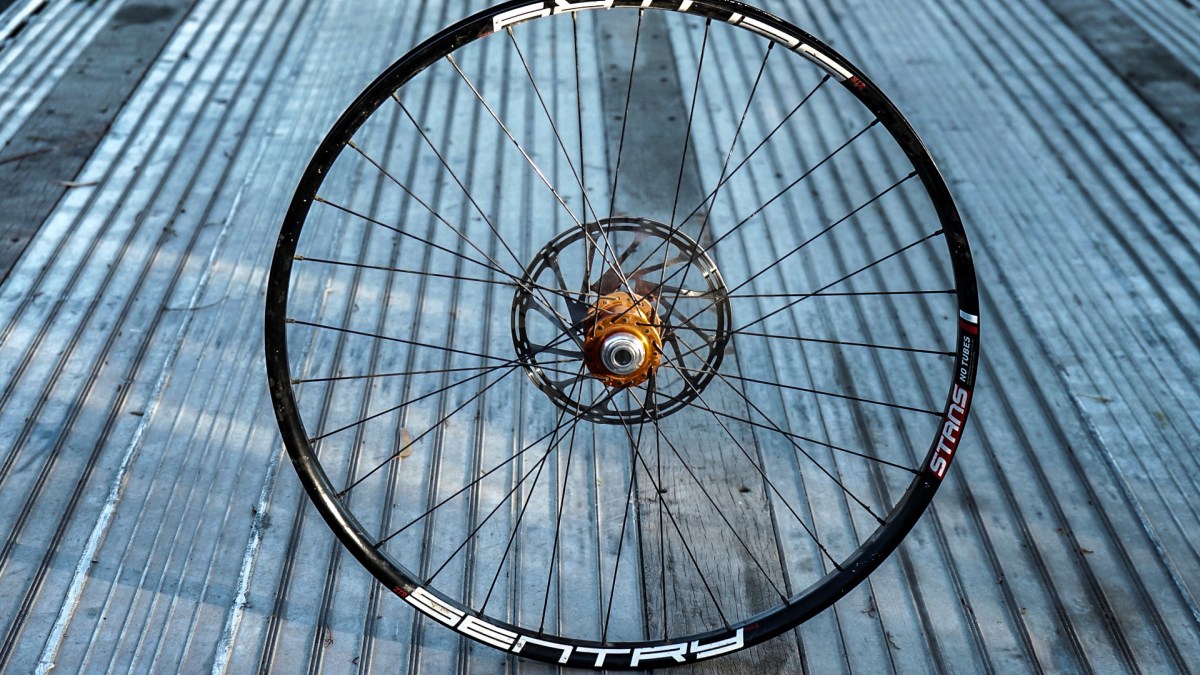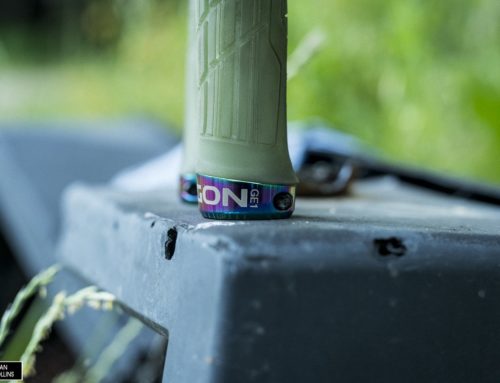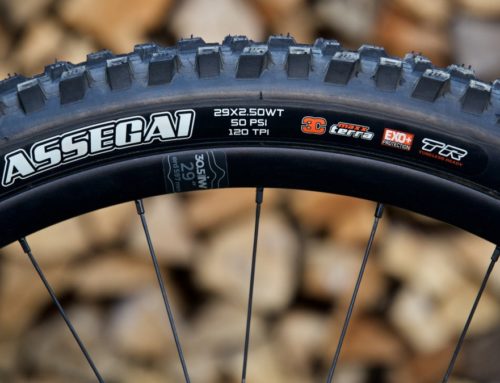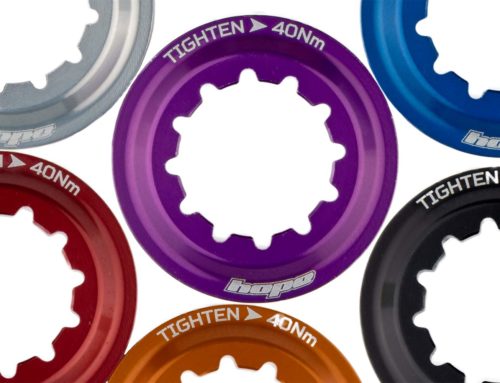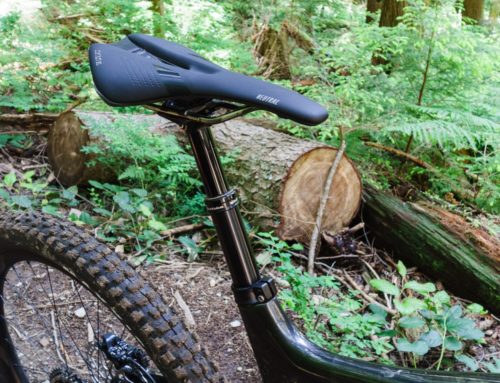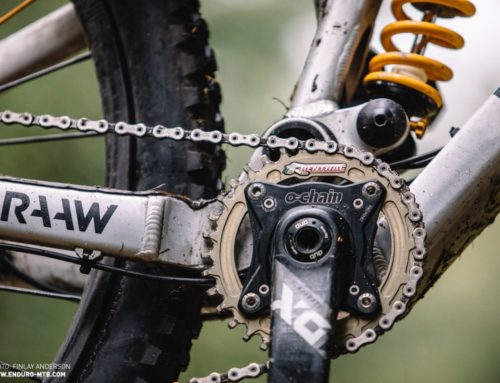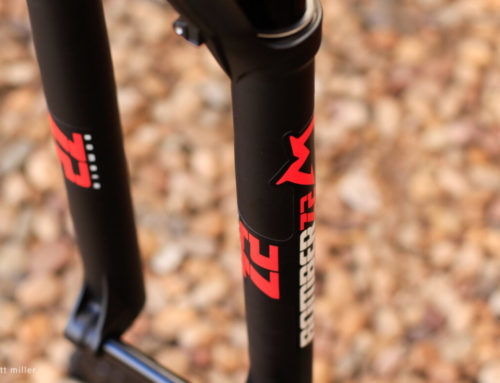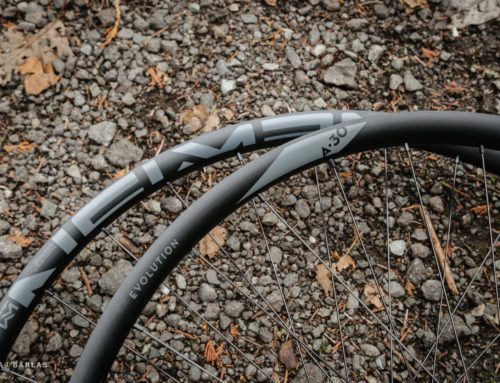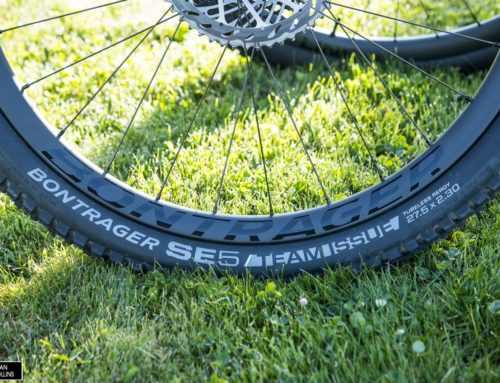I was wrong about Stan’s rims. When they first came out, I thought they were just a cash grab after the success of Stan’s sealant. Riding the coattails of a wildly popular existing product without really adding anything meaningful to the brand. Kinda like “Star Wars” episodes VII, VIII and IX. Also I, II and III. And everything in that Han Solo movie except for Phoebe Waller-Bridge and Donald Glover … Where was I? Oh yeah. Stan’s rims. I even had a quote back in my shop days when talking people into buying Mavic instead. It went something like “Just because a brand is clever enough to rebrand liquid latex, it doesn’t make them good at designing wheels.” Apparently, I’m a ruthless snob about more things than just “Star Wars.” But here I am today, about to tell you that the Stan’s Sentry is my favorite aluminum rim. And a big reason why that’s the case actually relates directly to what Stan’s learned when they first poured zombie-movie makeup into a tire.
What was most remarkable about Stan’s when it hit the scene almost 20 years ago was that nearly any rim and tire could go tubeless. All you needed was their blister-packed kit: A bottle of sealant, a roll of packing tape, a little red cup and two special rubber rim strips. Looking at the profile of those rim strips, you can see the genesis of Bead Socket Technology (BST), Stan’s name for its rim bed shape. The rim strips were thinner in the center to make mounting and dismounting the tire easier, and they were thicker on the sides, helping create that flat edge to seal the base of the beads while also making the sidewalls effectively shallower. That’s essentially what BST does. The logical next step was to design an entire rim around that concept.
[continued...]

